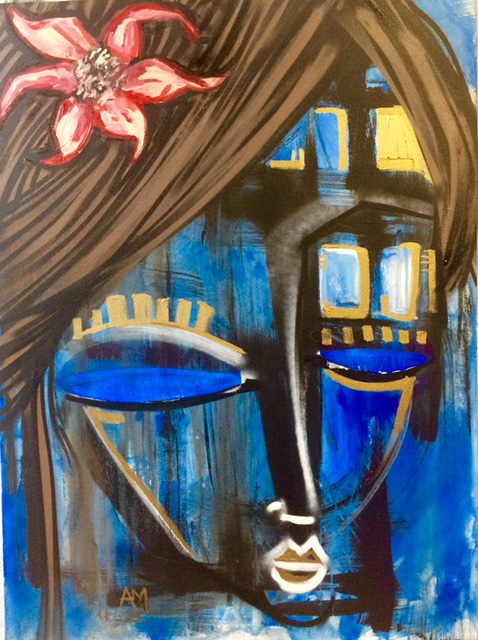Samantha Pious
Twice-told Tale
Remind me, Mom, when I forget again.
Tell me about the honeymoon in France
(drawing a veil over the balcony scene)
and how excited you were when the tiny blue stripe
appeared like magic from a fairy tale.
How Dad was terrified, and tried to hide it.
Tell me about the baby clothes you bought
in Paris. Tell me all about the blood
and, afterward, the great big glass of wine
you poured, and drank, because the nurse had said
you might as well not bother coming in.
How, two months on, you thought it was the flu.
Your GP called your OB/GYN
and reamed her out! There was (in fact) a fetus.
Five months later, I was born too small,
and jaundiced—hyperbilirubinemic.
The doctors guessed I must have had a twin
whose early exit damaged the placenta
but left me living, more or less unscathed.
I'm not upset about the twin itself
—was I my sibling's keeper even then?—
but that it had to go and wreck our caul
depriving me of nutrients and warmth
and possibly of brain cells is appalling.
I guess I should be glad to be alive.
And now we know why high anxiety
was always with me—even in the womb!
My memories are, as a rule, precise
but this one I've entirely erased.
Say, have you really told me this before?!
Remind me, Mom, when I forget again…
Scholar Ship
At twilight, making our way along the marina
for the hundredth time this winter,
I understand why Penn's Landing
is the only part of Philadelphia you love.
Across the Delaware River, under a gray sky,
a gray battleship—the de-commissioned U.S.S. New Jersey—
is moored in gray waters so still
you can see each cord of rigging clearly reflected
in slow, glossy ripples below the portside bow.
Sleek, sturdy, bristling with guns—
she is all that you are shaping yourself to be.
Not literally, of course. But I think you see
the life of the mind as a kind of maritime combat,
one in which arguments
are marshalled like squadrons, and faulty craft
can be properly dispatched
with a well-placed depth charge to the hull.
I gather you have rarely met your match.
But tell me, if you had your choice of fate
—the U.S.S. New Jersey, one of eight
surviving dreadnoughts after World War II,
is rusting, mothballed, a museum piece;
and pixels have supplanted microfiche
as wave subsides to wave—tell me, would you
yield up the field? Accept retirement?
Or go on fighting till your strength is spent
and, in the thick of it, be taken down?
|
|
 |
 |
|
|
 |
|
 |
|
|
|
 |
| Rounded in deep compassion for the human experience across borders, Mizrachi explores both the spiritual and physical dimensions of being human, and in particular, female. Often times, the female figure in various mythical iterations intersects with earthbound feminine forms as a means to communicate and transmit social consciousness. Mizrachi’s intentions include the empowerment of self and others through artistic expression, as well as advocacy for women, youth, and the environment. Family, community, and tribe are also recurring themes and are approached as active spaces of shared engagement.
In recent years, Mizrachi’s studio practice has developed into a testing ground for explorations in assemblage, sculpture, and installation that has transformed both her painting practice and decades of work as a muralist. Moving beyond paint, her small scale pieces have become sculptural drawings and her murals have become outdoor wall installations. Both styles of work have taken on new life as three dimensional geometric forms.
|
|
|
|
|
|
 |
|
 |
|
|
|
|
